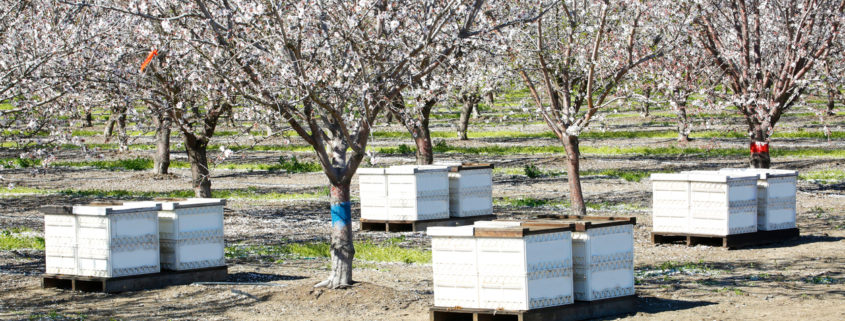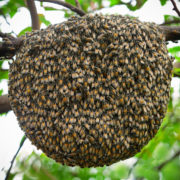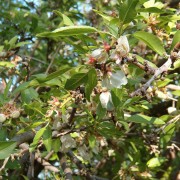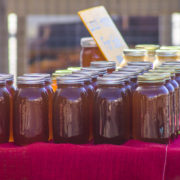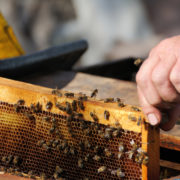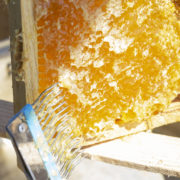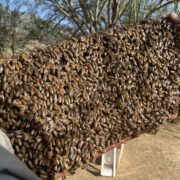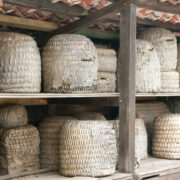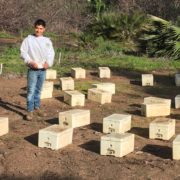Almond Pollination and Honeybees: Past and Future
Back around the turn of the 21st Century, when we started Wildflower Meadows, the almond pollination season, believe it or not, was not that big of a deal. Sure, California beekeepers, as well as commercial beekeepers from many of the other neighboring states, routinely moved their bees into the California almond groves in early February. Back then, however, the prices received for almond pollination weren’t all that high, and the pressure that both almond growers and beekeepers felt towards this annual event was relatively low. After all, the almond acreage wasn’t nearly the immense size that it is today, and the health of honeybee population was much healthier then when compared to today.
The economics of that time reflect this state clearly. The rental price per colony was below $50 per colony in 2000 (compared to around $200 per colony today). Some beekeepers thought that they were receiving a great deal when the price eventually reached $50 per colony in the early 2000’s, and were excited about the “easy money;” whereas others were not particularly motivated by even that relatively generous price. In any case, there seemed to always be plenty of bees and commercial beekeepers to get the job done.
However, when we fast-forward to today, we see a completely different picture. Between the turn of the century and today, immense changes have taken place, both with almonds and with honeybees. Almond consumption has exploded in the last two decades. Today, most grocery stores feature entire coolers filled with half-gallon containers of almond milk, almond yogurt and almond ice cream, with grocery store shelves full of granola and energy bars packed with almonds, not to mention the many varieties of the nut itself. Almond consumption in the United States alone has risen to an unbelievable two pounds per person, with California producing 80% of the world’s supply of almonds! Of course, almond acreage has reflected this upsurge in demand with now more than 1.4 million acres of almonds planted in California; with that number increasing every year.
At the same time, as we all know, the plight of the honeybees has grown more woeful every year. Colony collapse wasn’t even a term in 2000, varroa mites were a relatively new phenomenon, and pesticide losses, though certainly a factor, were nothing like today. Annual honeybee losses are currently approaching 40% per year, with this trajectory appearing to grow worse every season.
As a result, the stress that almond growers face in obtaining sufficient bees grows greater and greater. Whereas, in the past, the bees in California and neighboring states could pretty much pollinate the entire crop with relative ease; today, bees need to be trucked into California from as far away as Florida and New York to cover the rising need of pollination services. What’s more, whereas in the past, the pollination could be covered by commercial beekeepers alone, now even small-scale beekeepers with relatively fewer colonies are entering into the picture, simply because there are not enough commercially managed bee colonies to get the job done. Keep in mind that each acre of almonds requires approximately two colonies of honeybees to pollinate the crop. In 2020, these 1.4 million acres will require approximately 2.8 million colonies of honeybees – or about 80% of the entire US population of honeybees. Yes, really, 80% of the entire population of honeybees here in the United States!
With almond growers continuing to plant more and more acres of trees every year, and honeybee losses continuing to climb at the same time, we appear to be not too far from reaching a tipping point of sorts. At some point, it appears that there may not be enough honeybees to pollinate the entirety of the annual US almond crop, and unfortunately, that tipping point may be coming soon!

